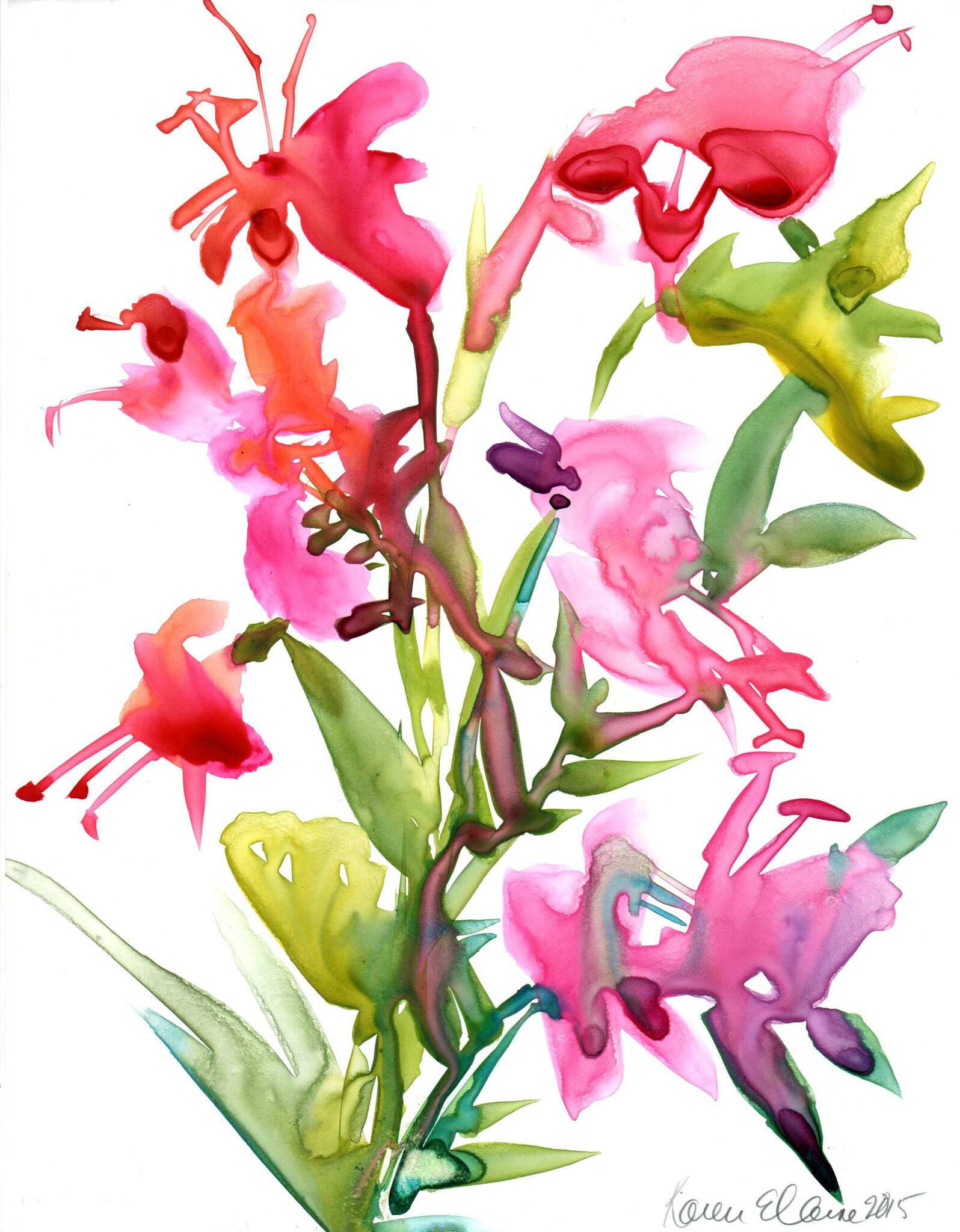Harmonizing Eastern and Western Traditions: The Art of Incorporating Japanese Watercolors with Western Watercolors
- Posted on
- 0

Artistic exploration knows no bounds, and combining different techniques and traditions can lead to truly captivating creations. One intriguing fusion is the harmonious blend of Japanese watercolors with Western watercolors. The delicacy and precision of Japanese watercolors, combined with the vibrancy and expressiveness of Western watercolors, offer artists a unique and exciting artistic journey. In this week’s blog post, we will explore some techniques and tips on how to incorporate Japanese watercolors into your Western watercolor practice, resulting in a stunning fusion of styles:
Familiarize Yourself with Japanese Watercolor Techniques:
To begin this creative journey, it's essential to familiarize yourself with the techniques and characteristics of Japanese watercolors. Japanese watercolor techniques often emphasize controlled brushwork, layering delicate washes, and a focus on capturing the essence of the subject. Study traditional Japanese watercolor paintings, such as sumi-e and ukiyo-e, to gain insights into their unique methods and approaches. Sign up for one of our classes for more personalized instruction in a small group setting!
Embrace Simplicity and Negative Space:
One hallmark of Japanese watercolor painting is the effective use of simplicity and negative space. Incorporate this aesthetic into your Western watercolor practice by intentionally leaving areas of your composition untouched or using minimalistic brushstrokes. Let the white of the paper play a role in your painting, allowing negative space to create a sense of balance and serenity.
Experiment with Color Harmony:
Japanese watercolors often feature a refined color palette with subtle tonal variations. Explore the gentle hues and harmonious color schemes commonly found in traditional Japanese artwork. Experiment with incorporating these soft, muted tones into your Western watercolor paintings to create a fusion of both styles. Use color theory principles to achieve a balanced and pleasing palette, where the Japanese influence seamlessly blends with the vibrancy of Western colors.
Utilize Different Brush Techniques:
In Japanese watercolor painting, various brush techniques are employed to capture the essence of nature and create evocative strokes. Incorporate these techniques, such as the "wet-on-wet" or "dry-brush" methods, into your Western watercolor practice. Experiment with different brush sizes, shapes, and textures to achieve the desired effects and explore the possibilities of combining Eastern and Western brushwork.
Combine Subject Matter:
Expand your subject matter by incorporating elements from both Japanese and Western traditions. For instance, merge the elegance of Japanese floral motifs with the dynamic landscapes of Western watercolor painting. This cross-pollination of subject matter will create a unique fusion that showcases the beauty of both styles!
The fusion of Japanese and Western watercolors opens up an entire new world of artistic possibilities. By embracing the delicate techniques, color harmony, and brushwork of Japanese watercolors while maintaining the vibrancy and expressiveness of Western watercolors, artists can create captivating artworks that showcase the best of both traditions. The key lies in studying and appreciating the unique characteristics of each style and finding ways to seamlessly blend them in your practice. So, let your imagination soar, and embark on a journey where Eastern and Western artistic traditions intertwine to create masterful works of art!

Comments
Be the first to comment...